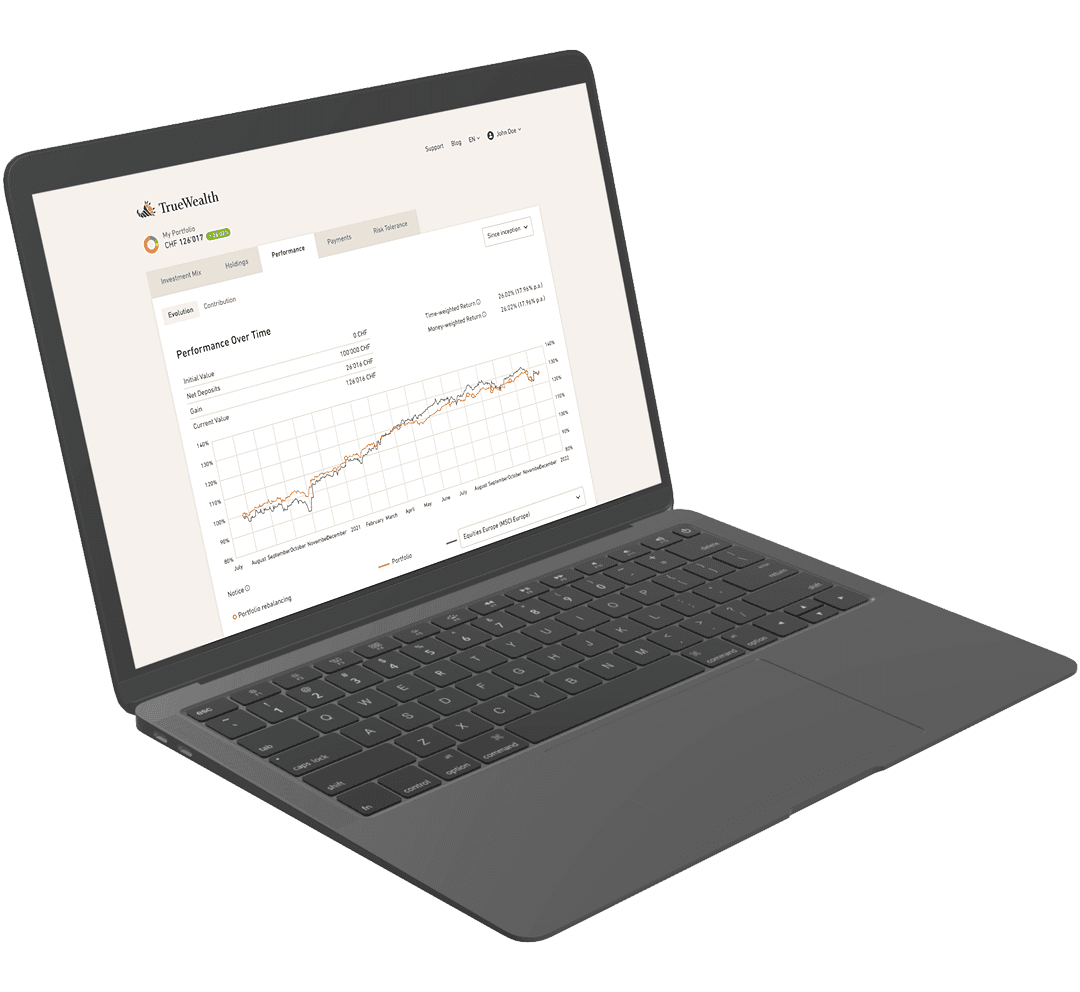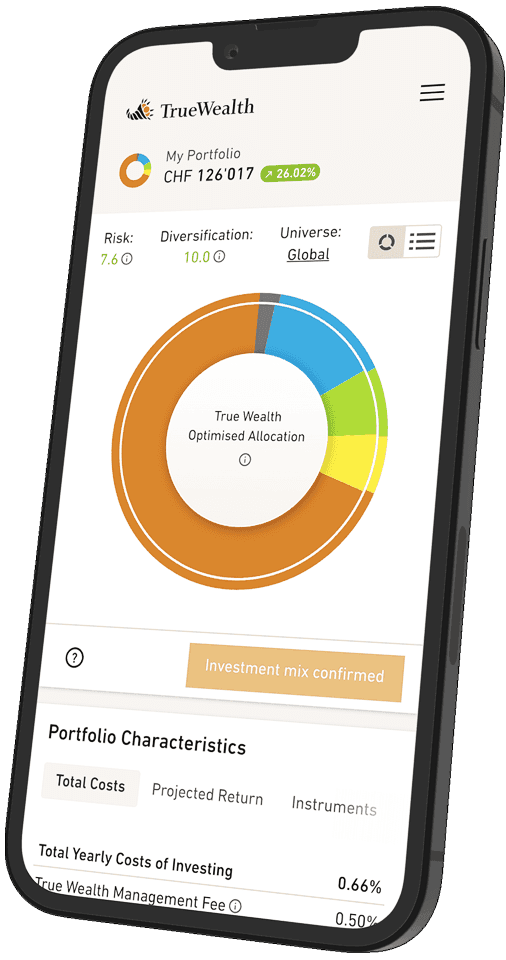#12 How does the Black-Litterman model work?
In today's Coffee Break, we take a deep dive into the world of modern portfolio theory, in particular the groundbreaking Black-Litterman model.
The pioneers: Fischer Black and Robert Litterman
In 1990, two economists, Fischer Black and Robert Litterman, changed the world of finance. Their joint work, now known as the Black-Litterman model, was to revolutionize modern portfolio theory. Black, already known for the Black-Scholes formula for options, sadly passed away two years before receiving the Nobel Prize for his work on modern portfolio theory.
Before the Black-Litterman: mean-variance optimization
To understand the significance of the Black-Litterman model, let's take a look at the time before it. Back then, economists and portfolio managers mainly relied on mean-variance optimization, which was developed by Harry Markowitz in the 1950s. Markowitz sought portfolios that maximized returns with minimal risk based on expected returns, risk estimates and correlations between different assets.
Markowitz's model, although pioneering, had its weaknesses. It could not provide clear expected returns and was extremely sensitive to small changes in inputs, especially expected returns. This led to a certain degree of uncertainty in portfolio optimization.
The turning point with Black-Litterman: equilibrium portfolio as a starting point
The Black-Litterman model brought a groundbreaking change. Instead of taking expected returns as input, it used the equilibrium portfolio as a starting point. This portfolio, based on the market capitalization of all investments, provided implied expected returns for different asset classes. This approach made it possible to minimize the uncertainty regarding expected returns.
The unique feature of the Black-Litterman model is its ability to incorporate individual investor opinions and expectations. Investors can bring in their own views on future returns and combine these with the implied returns of the equilibrium portfolio. By introducing confidence parameters, investors can balance their subjective opinions and market assessment.
Efficient portfolios for individual risk tolerances
The Black-Litterman model delivers optimized portfolios that take into account investors' different assumptions, views and expectations. It creates a new frontier of efficiency that caters to individual risk tolerances. These portfolios are not only better tailored to investors' needs, but also take into account their personal assessments and beliefs.
Overall, the Black-Litterman model marks a revolution in modern portfolio theory. It allows investors to incorporate their subjective opinions into a mathematical model, creating efficient portfolios that are better tailored to individual needs. This innovative approach has permanently changed the way we design and optimize portfolios.
About the author

Founder and CEO of True Wealth. After graduating from the Swiss Federal Institute of Technology (ETH) as a physicist, Felix first spent several years in Swiss industry and then four years with a major reinsurance company in portfolio management and risk modeling.

Ready to invest?
Open accountNot sure how to start? Open a test account and upgrade to a full account later.
Open test account